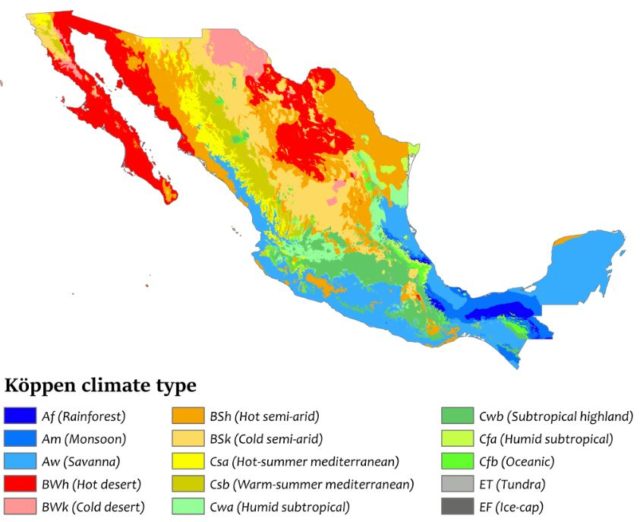24 October 2019
The social impact of landslides in Mexico
Posted by Dave Petley
The social impact of landslides in Mexico
In recent years there has been an increasing number of studies examining the impact of landslides in specific countries, such as China, or in regions of the world, such as Latin America, as well as the global reviews in which I have been involved. These studies have have shone a light on the high level of losses occurring in many areas of the world.
The latest such study (Diaz et al. 2019) examines losses for Mexico over the period from 1935 to 2017. Whilst many other studies have focused directly on losses, this one places an emphasis on the social impact of landslides in Mexico, which is an interesting approach that could be replicated elsewhere. Mexico is particularly in interesting as in the study that I undertook with Sergio Sepulveda on landslides in Latin America (Sepulveda and Petley 2015 – available via open access), Mexico had the 4th largest number of fatalities.
In total, the authors have recorded 1,967 landslides across Mexico, the vast majority of which were triggered by rainfall. The map below shows the geographical distribution of the landslides across the country – note the concentration in the central and southern part of Mexico:-

Spatial distribution of landslides in Mexico and altitude in the period from 1935 to 2017. Figure from Diaz et al. (2019).
.
Interestingly, Diaz et al. (2019) ascribe this primarily to the population distribution:
“A higher concentration is noticed in the center of the country; in the states of Hidalgo, Mexico, Puebla, and Tlaxcala; and in the central region of Veracruz along its border with Puebla and northern Mexico City. It is likely that this concentration is related to population density since these are the states with the heaviest infrastructure development in the country.”
Whilst I’m sure this is correct, I wonder whether the climate might be a significant control as well:

The distrubtion of Koppen Climate types in Mexico. Image via Wikipedia.
.
Diaz et al. (2019) have recorded 3,447 fatalities from landslides over the study period, with the largest event being a catastrophic landslide on 1 October 1956 that claimed 1,000 lives in La Paz, Baja California. The study provides a detailed investigation of the municipalities with the highest number of landslide losses in terms of simple numbers of fatalities and of losses per capita. They examine the degree to which these municipalities suffer from marginalization, defined as “the deficiencies suffered by the population as a result of the lack of access to education, housing in poor condition, low infrastructural development, and lack of material goods.”
Diaz et al. (2019) found that “the concentration of events [i.e. loss causing landslides] occurs in areas with high degrees of marginalization, which indicates that the most marginalized populations are the most prone to experience the effect of any sort of landslide.”
In many ways such a finding is not a surprise, but it is a very useful reminder that landslide losses are a social problem as much as one driven by physical processes.
Reference
Díaz, S.R., Cadena, E., Adame, S. et al. 2019. Landslides in Mexico: their occurrence and social impact since 1935. Landslides. https://doi.org/10.1007/s10346-019-01285-6
Sepúlveda, S.A. and Petley, D.N. 2015. Regional trends and controlling factors of fatal landslides in Latin America and the Caribbean. Natural Hazards and Earth System Sciences, 15, 1821-1833, doi:10.5194/nhess-15-1821-2015. The full paper available to download as a PDF.


 Dave Petley is the Vice-Chancellor of the University of Hull in the United Kingdom. His blog provides commentary and analysis of landslide events occurring worldwide, including the landslides themselves, latest research, and conferences and meetings.
Dave Petley is the Vice-Chancellor of the University of Hull in the United Kingdom. His blog provides commentary and analysis of landslide events occurring worldwide, including the landslides themselves, latest research, and conferences and meetings.